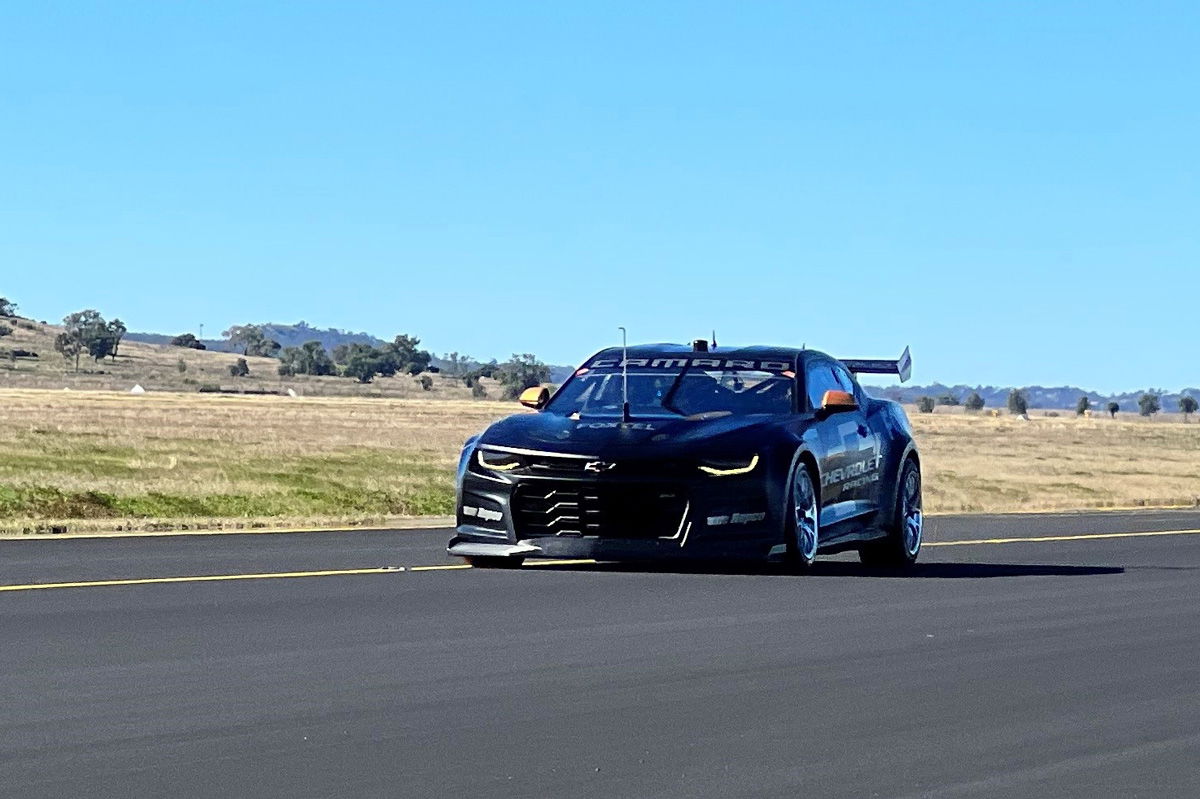

Plans to perform durability testing on Supercars’ Gen3 engines will be more aimed at understanding the product than overhauling it, given a rapidly tightening timeline.
Global delays in being able to source parts has been problematic throughout the development phase, and it’s now reached the point where the 5.7-litre General Motors and 5.4-litre Ford engines will pretty much hit the track in 2023 as is.
That’s not to say that will be an issue, given engine testing got underway well before any prototype cars hit the track – but there are limitations on what can be changed following durability works in the United States which are hoped to be completed in August.
KRE Race Engines guru Ken McNamara will head Stateside to oversee the process, which will utilise advanced dyno technology whereby a race simulation can be programmed (as opposed to simply running flat out).
McNamara noted that getting a headstart on knowing the limits of various parts will be a key win out of it, so that it’s understood when failures may occur, and what spares need to be prioritised.
“We have already ordered all of the parts, so if we find something, we can’t change much,” he admitted to Speedcafe.com.
“The spec is pretty good; I’m sure there’ll be a few bits and pieces to deal with once they go racing and are following in high temperatures and [having] overrevs, but I think all in all pretty good.
“Now it’s just a matter of getting the parts. We should have the majority of our parts here August/September, and plan to build the first 14 engines November.
“But yeah we’ll do the durability tests first, it’s like a 30-hour durability test which is like what they do for Le Mans.”
That should cover approximately 6000km, with a check-up and oil drain to occur every Great Race distance.
“We can then more predict where the interval will be for the rebuild and we can go ‘right, this is wearing or that is wearing’,” McNamara explained.
“We have 20 years’ experience with these current engines but the new ones we don’t know, so they’ll put in Sandown/Bathurst [into the dyno] and do that lap after lap after lap.
“So hopefully we can do the full amount and air freight it back as quick as possible, pull it apart and look around.”
McNamara reiterated that while it might be possible to make minor adjustments such as changing springs, there’s not enough time now to alter core elements such as cranks or conrods – at least not before Round 1 in 2023.
“The cars will be going to the track with what they have got now, which from what we have seen so far should be fine, we have already got to the first minor rebuild,” he continued.
“It will definitely help with some of the components but it’s more just giving us a headstart on the service intervals.”
With 14 Camaros and 11 Mustangs to make up the 2023 Repco Supercars Championship grid, KRE is being tasked with building 28 race engines (two per Camaro) before stockpiling spares.
Herrod Performance Engines is leading the charge on the Blue Oval’s engine programme.




















Discussion about this post